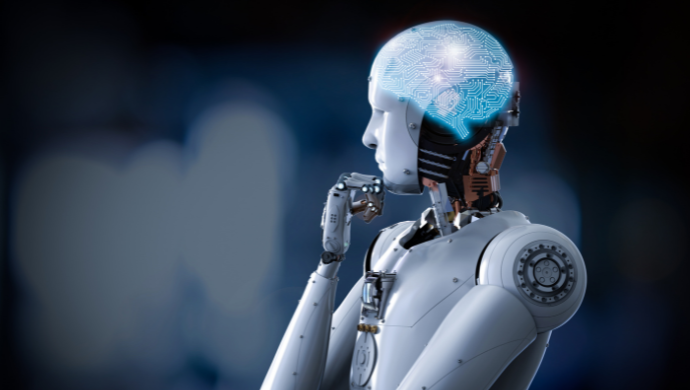Exploring AI capabilities for business advancement

Artificial Intelligence, or AI, is making headlines as it explodes in prevalence across the globe. It serves as a key marker of the new technological era and promises drastic change in the future. But what is it, exactly?
AI is defined as the ability of a computer or machine to learn from previous experiences. Previous experiences include written prompts, math problems, and images. AI studies these experiences and responds to them, generating content, trends, and predictions.
There are different AI models and types. For example, AI can be categorised as a machine learning program, a deep learning program, or an expert systems program. Machine learning AI is able to learn from data without manual human programming. Deep learning AI programs specialise in high-complexity patterns and often outperform machine learning data inputs.
Expert systems are AI programs designed to copy human-level decision-making. Expert systems have been used in the medical field; for example, AI of chest X-rays can identify lung cancer type and stage by analysing the image in context with the disease.
Also Read: How Transparently.AI uses Artificial Intelligence to detect accounting manipulation, fraud
Other key terms include Application Programming Interface (API), data extraction, JavaScript Object Notation (JSON), and Optical Character Recognition (OCR). API is made up of a set of defined rules that allows various applications to communicate with each other. It acts as an intermediary layer between systems.
Data extraction allows AI programs to pull usable information from large and unconsolidated sources. JSON is a lightweight format for storing and transporting data and is used when data needs to transmit from a server to a webpage. Finally, OCR is text recognition that allows users to extract printed or handwritten text from images and documents.
AI applications can also be categorised further, leading to more terminology. Important categories include generative AI, predictive analytics, natural language processing, and computer vision. Each of these has its own uses. For example, generative AI, as seen in programs like NovelAI, creates news content through existing data. Computer vision, on the other hand, is a program that can interpret digital images.
The above terminology is important to know, as AI is predicted to continue having a massive impact on society. In fact, Ark Invest predicts that AI will contribute US$200 trillion to the global economic output by 2030. Additionally, by 2023, global spending on AI by governments and businesses is expected to exceed US$500 billion.
The impact and applications of AI
To further demonstrate the proliferation of AI in businesses, we can examine the number of AI capabilities used by businesses over time. In 2018, businesses used an average of 1.9 capabilities. By 2022, this number doubled, with an average of 3.8 capabilities. This number is expected to double once again in 2023. The most common AI capabilities are automating processes through robotics, computer vision, and natural language text understanding.
Also Read: Singapore’s YC-backed AI startups making waves globally with generative technology
Governments and businesses turn to AI for its several benefits. For one, AI increases efficiency and productivity, as it frees up workers to focus on more advanced tasks. It generates greater speed by shortening development cycles and cutting the time between design and commercialisation. This in turn increases ROI. AI also improves monitoring and results in higher quality and increased accuracy. Finally, AI can increase talent management by improving the hiring process.
There are five steps that businesses should keep in mind when incorporating AI into their operations. To begin, a business needs to understand its own needs and goals and how AI fits into those goals. Businesses should also set near-term goals for AI use and then evaluate the approach that will work best for them. Once businesses have established the foundation, they make sure the data is accurate and complete, then begin testing AI.
One type of AI that businesses might consider is Intelligent Document Processing. Lazarus AI provides an option for this with its RikAI program, which is an input-agnostic language model. It works with no training or retraining and can pull data from any document, even if the type, format, or language varies. It specialises in contextualising information and can help businesses find answers to natural language questions.
There are countless types of AI, and the numbers will continue to grow as technology advances. Many businesses are implementing AI into their organisations, and understanding the terminology and role of various AI models is key to navigating an increasingly-technological future.
—
Editor’s note: e27 aims to foster thought leadership by publishing views from the community. Share your opinion by submitting an article, video, podcast, or infographic
Join our e27 Telegram group, FB community, or like the e27 Facebook page
Image credit: Canva Pro
The post Exploring AI capabilities for business advancement appeared first on e27.
